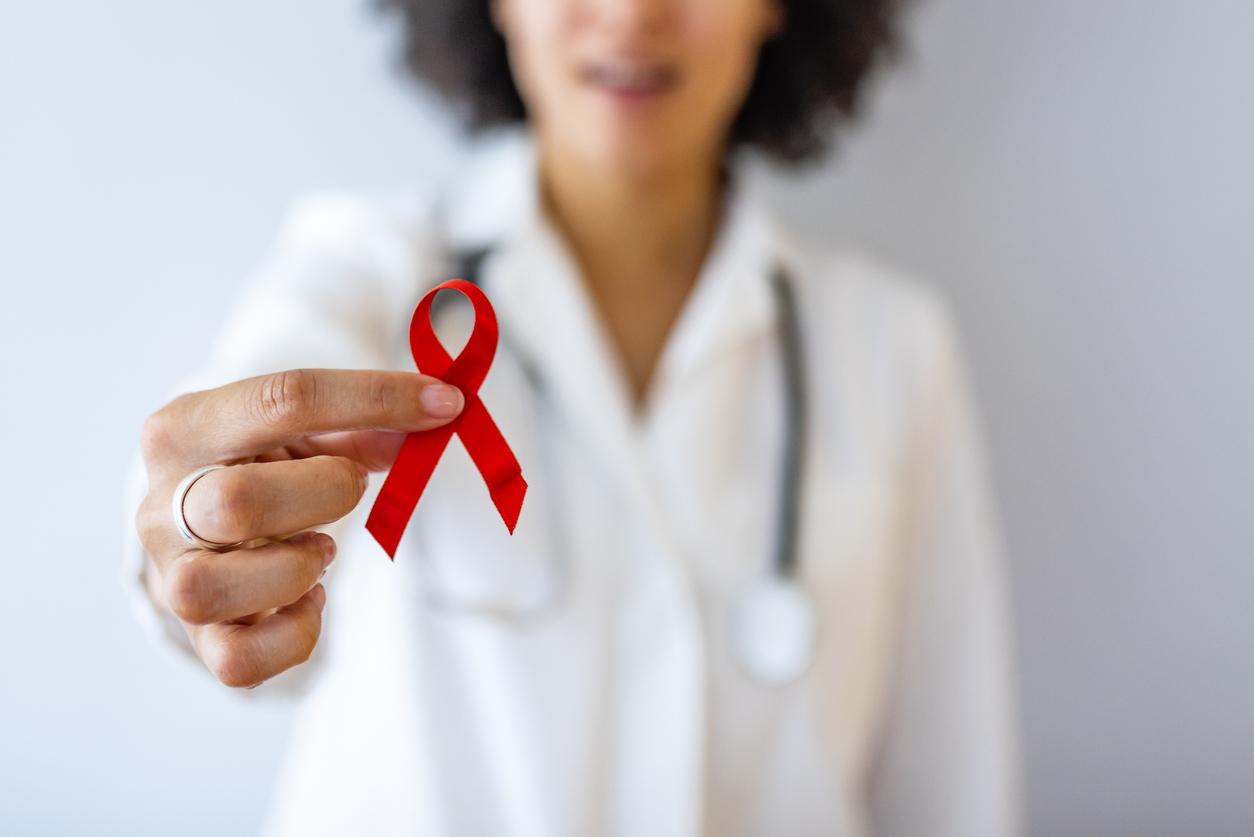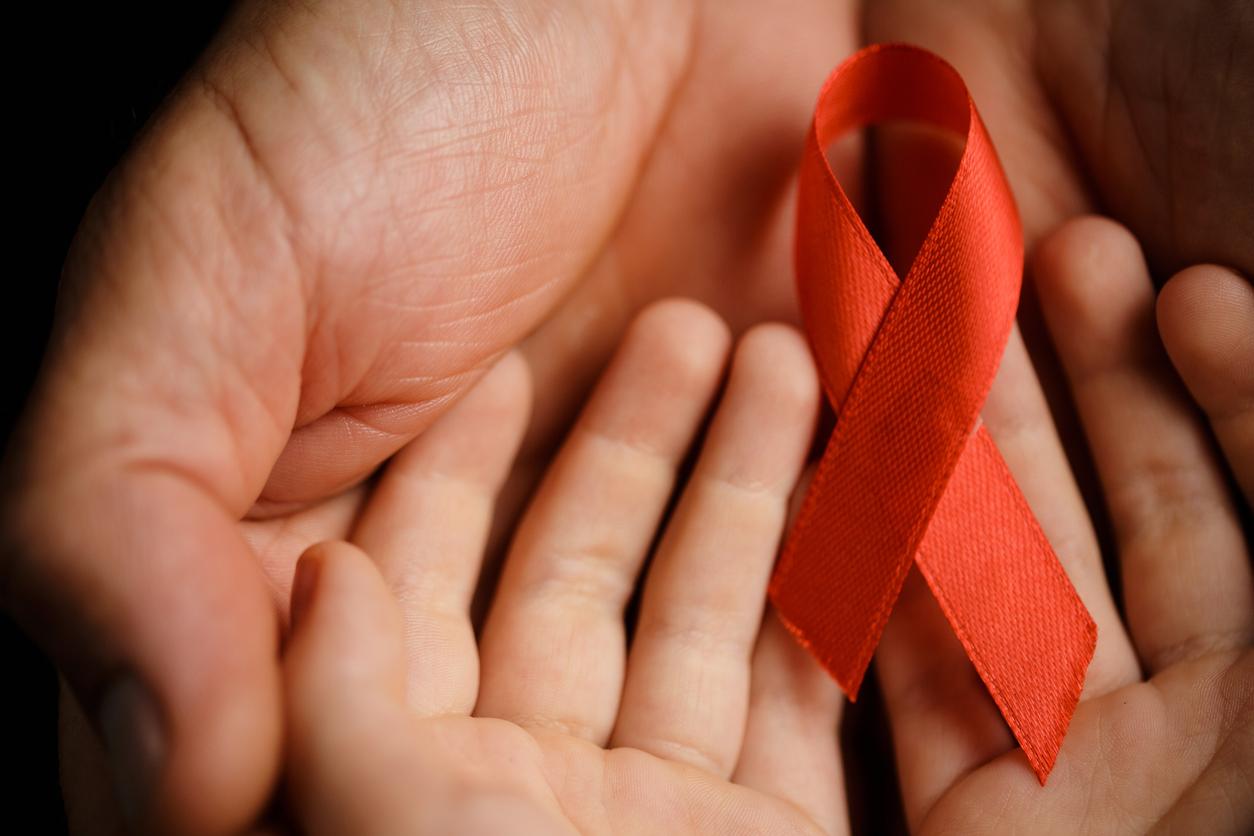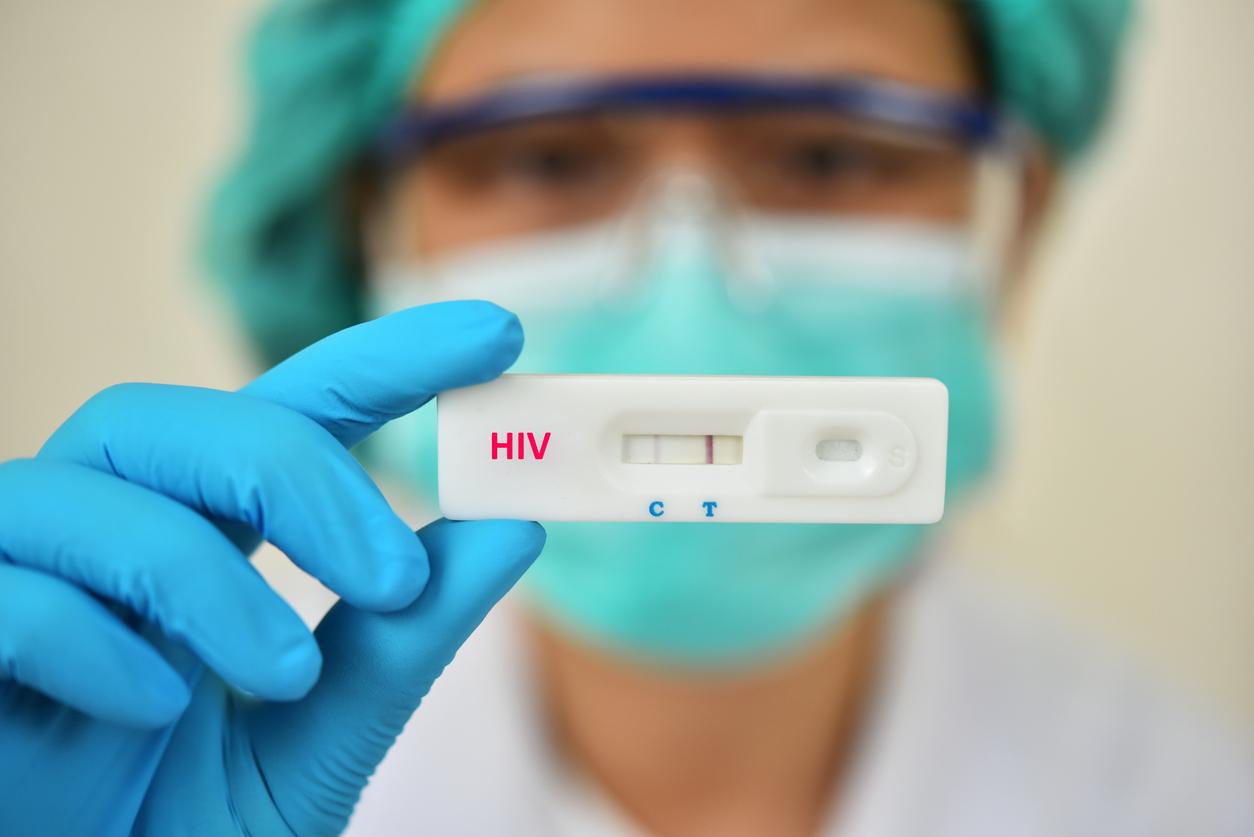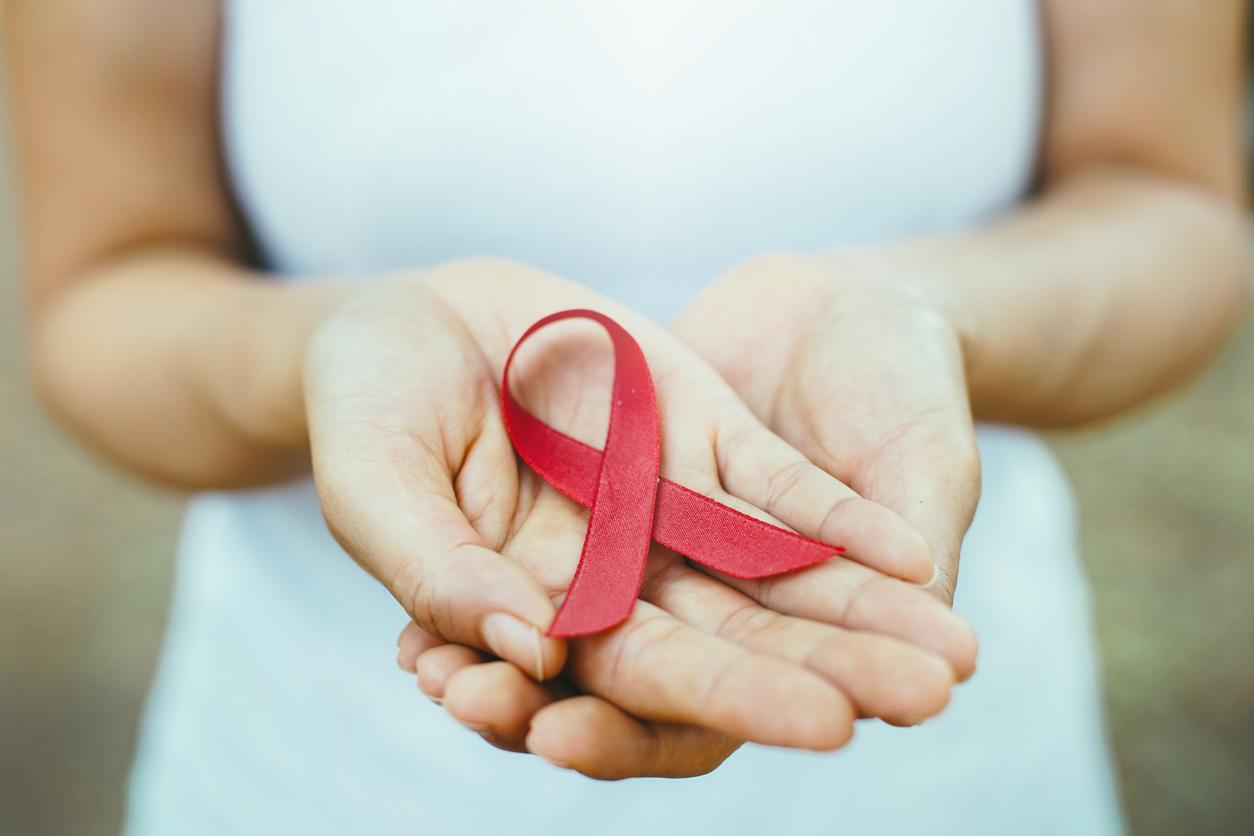Prevention adapted to women. A vaginal ring delivering antiretrovirals to prevent HIV infection reduces the risk of infection by 30%.
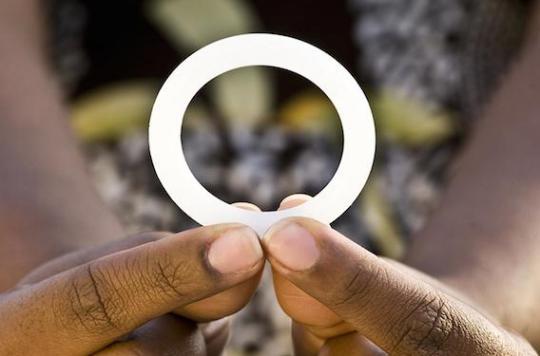
The vaginal ring may well be a new HIV prevention weapon. This is suggested by two clinical trials, the results of which were presented at the Conference on Retroviruses and Opportunistic Infections (CROI), which is being held in Boston (Massachussetts, United States) from February 22 to 25, 2016. Derived from A contraceptive method, this pre-exposure prophylaxis (PrEP) approach, specifically developed for women, has just presented modest but encouraging conclusions.
In place a month
“Every scientific breakthrough that empowers women to protect themselves from the virus should be considered for rapid adoption and implementation,” said Dr Aaron Motsoaledi, South Africa’s Minister of Health in a press release. The two studies presented – The Ring Study and ASPIRE – were partly carried out in her country, where women are highly exposed to HIV.
Across the region of sub-Saharan Africa, they account for more than half of new infections. For Anthony Fauci, director of the National Institute of Allergies and Infectious Diseases (NIAID), only one conclusion: “Women need a discreet and long-acting preventive form that they control and want to use. . “
This is when the vaginal ring comes into play. This contraceptive method is already used regularly. Instead of delivering hormones, the ring can deliver antiretrovirals to prevent HIV infection. This is the principle of PrEP. In this case, the dapivirine that permeates the ring inhibits the ability of HIV to replicate in healthy cells. An easy-to-use tool, according to participants in the two phase III trials. Most importantly, the ring can stay in place for a whole month.
Efficiency increases with age
1,960 HIV negative women aged 18 to 45 entered the Ring Study in South Africa and Uganda. The ASPIRE study, for its part, recruited 2,630 women corresponding to the same profile. These volunteers were generally young (26 years old on average) and unmarried, but all at high risk of infection. They received a vaginal ring. Some contained dapivirine, others a placebo. In addition to this approach, sexual support including prevention and screening was offered throughout the follow-up.
The vaginal ring does not show as dramatic results as Truvada with the Ipergay trial, the results of which were presented at the 2014 CROI. Where on-demand PrEP reduces infections by 86%, dapivirine in the form of ring reduces them only by 31% in The Ring Study and 27% in ASPIRE. However, the effectiveness increases with age and adherence to treatment. The ring must therefore be worn continuously to provide protection. In women over 25, with ASPIRE, the risk of contamination is reduced by 61%. Between 18 and 21, on the other hand, no protection is observed. The researchers will try to understand if biological barriers can explain this result.
.














